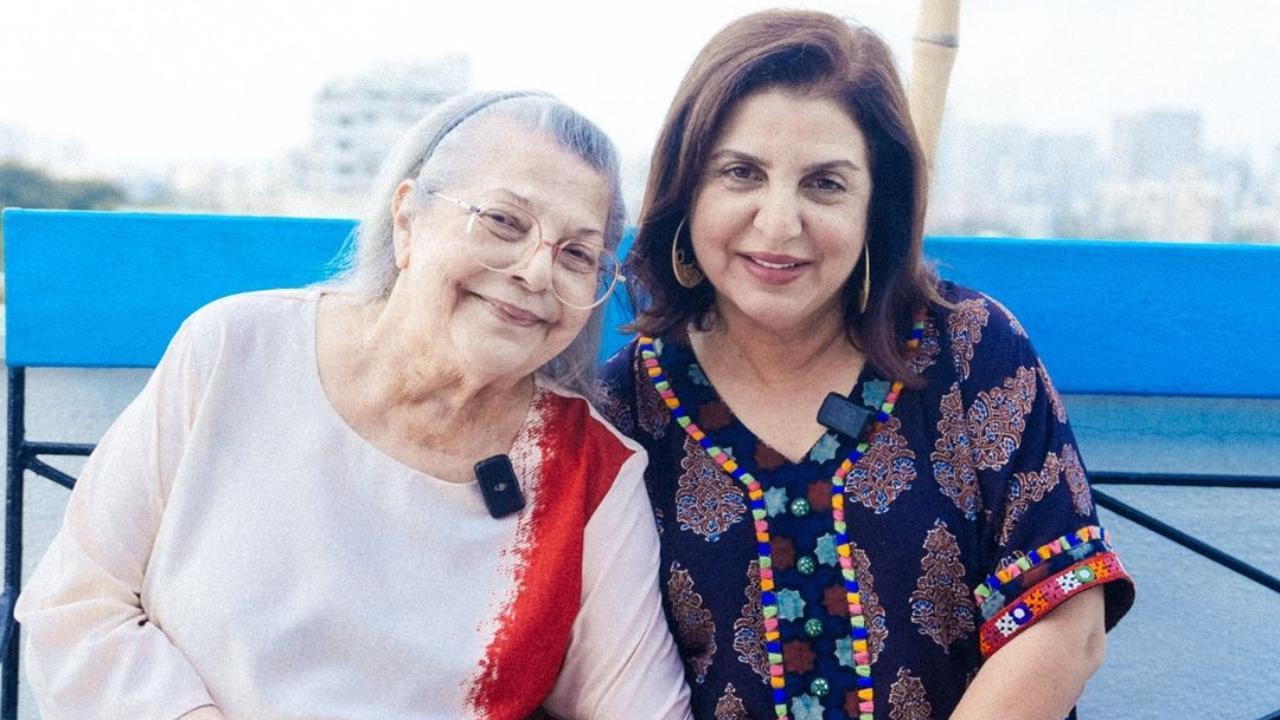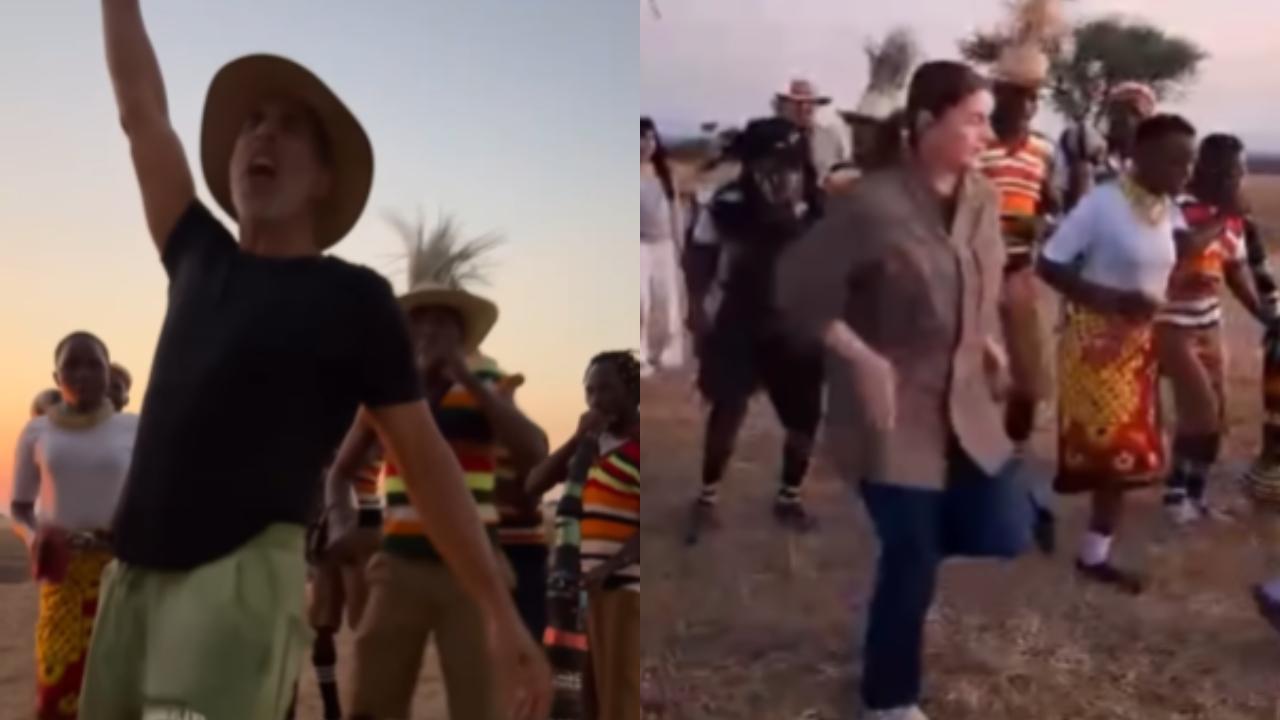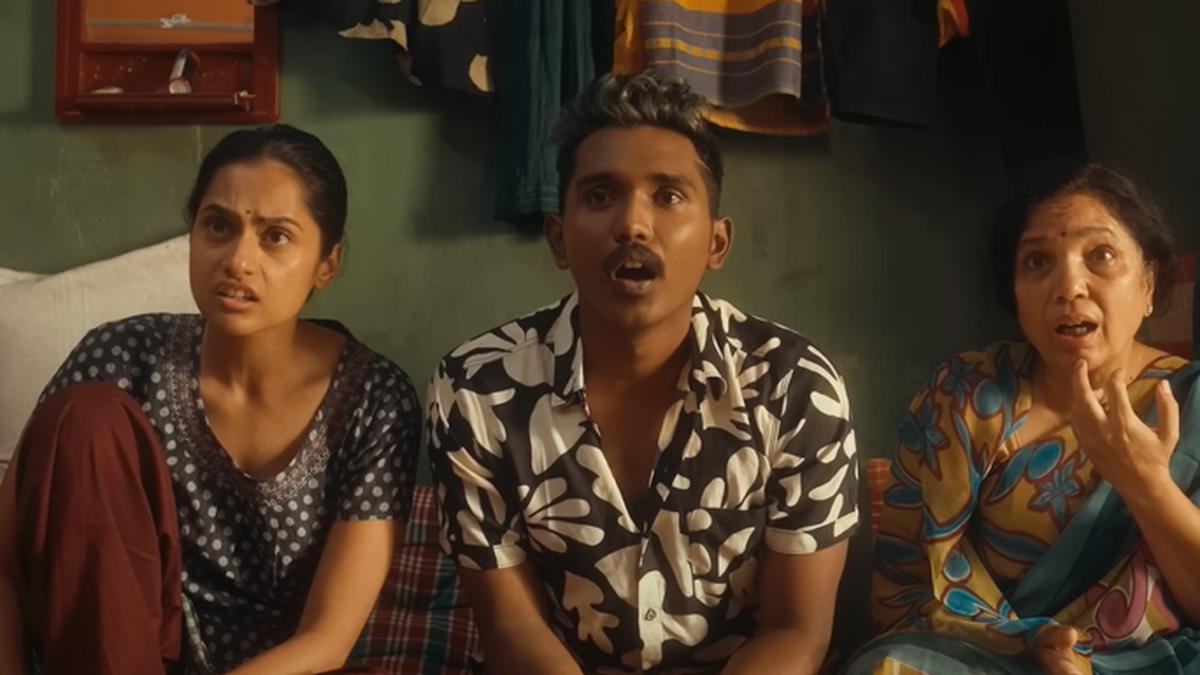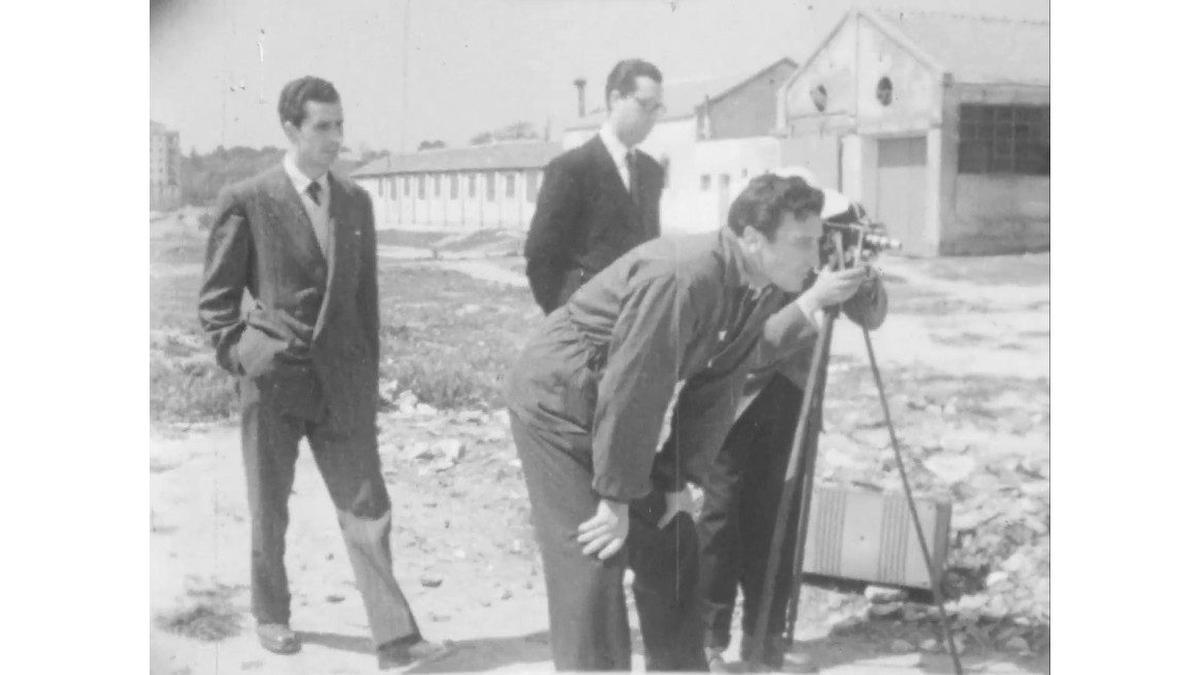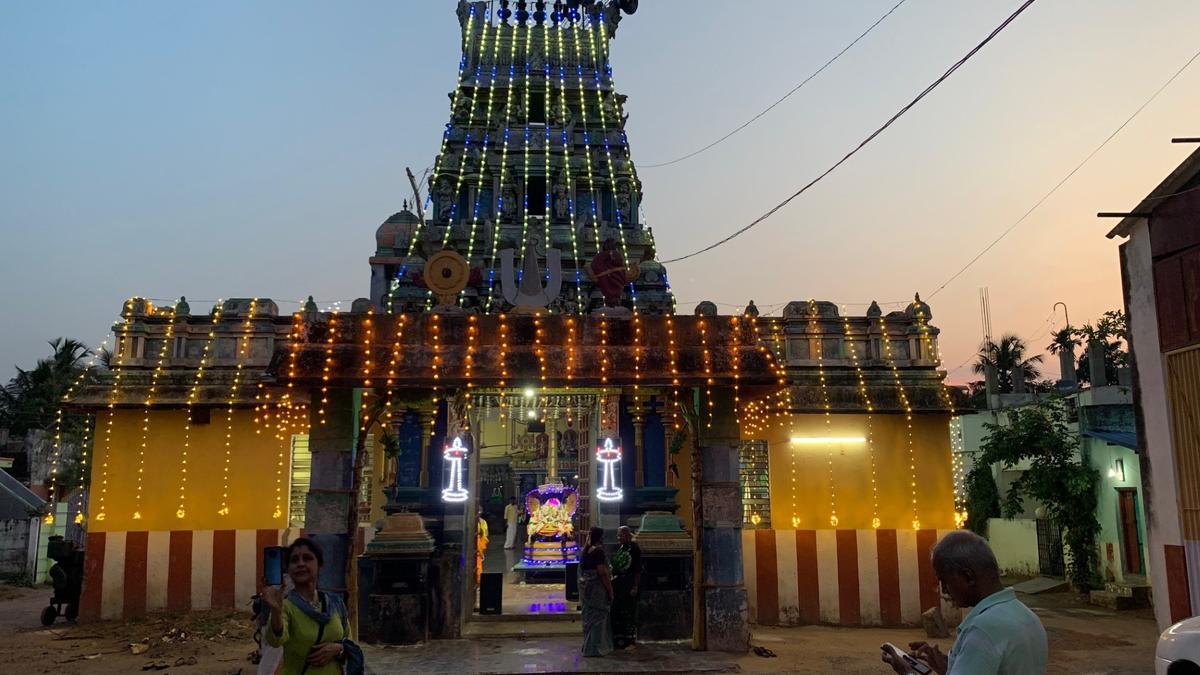
Every year, during the month of May, the village of Melattur, not far from the Chola heartland of Thanjavur, becomes a hive of activity and celebration. This transformation is in honor of Narasimha Jayanthi, a significant Hindu festival falling in the month of Vaisakha. The festivities culminate in a grand fortnight-long Nritya-Nataka Utsavam, a vibrant display of traditional arts and a testament to the enduring cultural heritage of the village.
Melattur rightly deserves its reputation as an “art village,” having cultivated a legacy of outstanding artistes, composers, and cultural personalities whose contributions to the arts are unparalleled. The plays composed by the famed playwright Melattur Venkatarama Sastri are still performed today, acting as a tribute to the artistic heritage of the village. Visitors who flock to the village during this time can expect an overwhelming display of hospitality, with every household opening its doors to guide them to the Varadaraja Temple, where performances are held on a stage set up in the street, facing the deity.
Sustaining a tradition as rich as Bhagavata Mela is no small feat, yet the festival thrives today, thanks to the tireless efforts of many artistes and art lovers. Even after the passing of the revered dance guru and Bhagavata Mela exponent Melattur S. Natarajan, his family continues to organize the Utsavam. His brother, Kumar, has taken on the responsibility, implementing various initiatives to attract a larger audience and amplify appreciation for this ancient tradition.
One of the key innovations under Kumar’s stewardship has been the livestreaming of the entire festival, allowing global audiences to partake in the celebrations. Additionally, Kumar has released numerous videos on the group’s official YouTube channel to explain the intricate nuances of the tradition, featuring contributions from every member involved. Young dancers and established dance schools are also given slots to perform, ensuring a steady influx of fresh talent into this grand tradition.
Music forms an integral part of this dance-theatre form. The complexity of perfecting the songs for these plays demands a specialized approach. In particular, Melattur S. Kumar’s portrayal of Harischandra, characterized by extensive and intricate footwork synced to the music and percussion, is a highlight of the festival.
Bhagavata Mela dramas are renowned for their rich musical content, a feature that deserves separate exploration to fully understand their appeal. The twelve Telugu dramas penned by Venkatarama Sastri are replete with traditional daruvus—musical interludes that showcase different contexts, such as pravesha daruvus (entry songs), uttara pratyuttara daruvus (question-answer songs), and many others. Each daruvu is a lyrical gem designed to resonate with lovers of the Telugu language. The characters, each with a unique musical introduction, demand musicians and dancers to be proficient in both musical and contextual aspects.
Sastri set these daruvus in complex ragas such as Ahiri, Ghanta, and Maanji, along with the more weighty ragas like Shankarabharanam and Arabhi. His musical prowess discredits the conventional belief of associating specific ragas with particular emotions or character types. An example is the use of the Atana raga, typically representing Veera rasa (heroic sentiment), for a graceful female character, or the use of Kalyani, usually associated with grace and beauty, for a strong, fearsome male character.
.
The plays also owe much to the orchestral mastery of the Tiruvaiyaru Brothers (S. Narasimhan and S. Venkatesan), who lead the musical ensemble. Their deep understanding of the composer’s vision, coupled with their ability to work closely with onstage dancers, ensures the musical integrity of each performance. Their legacy is being continued by their children, who assist in preserving this familial heritage. Other long-time instrumentalists, such as Lalgudi K. Ramaprasad on the violin and B. Gokulakrishnan on the flute, add further richness to the musical tapestry of the dramas.
Mridangam, a percussion instrument, plays a crucial role, requiring the player to not only keep in sync with the musical rhythms but also to anticipate the dancers’ moves. Nagai P. Sriram provides this much-needed rhythmic diversity, enriching the musical quality of each line repeated in various lyrical contexts.
One of the standout plays from the Utsavam is “Harischandra,” which delves into the life and trials of Raja Harischandra as he strives to honor his promise to sage Vishwamitra. Senior performer Kumar’s portrayal of Harischandra, marked by his distinct style and extensive use of expressive footwork, is particularly noteworthy. Kumar’s dedication to the role, inherited from his father, the late G. Swaminathan, brings a rare skill and energy to the stage, especially in intense scenes like those set in a cremation ground.
Senior dancer Srikanth Natarajan, with 45 years in Bhagavata Mela, plays Chandramathi. His performance, particularly in the raga Ghanta, is a highlight of the play, demonstrating his nuanced saatvikaabhinaya as he brings Chandramathi’s struggles and emotional depth to life.
The character of Mathanga Kanya, portrayed by senior dancer Vijay Madhavan, adds another layer of intrigue to the performances. Vijay’s interpretation of this flirtatious and provocative character is both layered and masterful, making his scenes with Chandramathi particularly memorable.
Bhagavata Mela is a testament to the unity of various age groups, from children like Rakshit A and Sudarsan S, who portray Lohitaksha, to octogenarians like R. Varadarajan, who plays the king of Kashi. The involvement of younger generations, particularly the children of current actors and dancers, ensures the continuity of this rich tradition.
To make these intricate dramas more accessible, it would be beneficial to provide translations of the Telugu dialogues and songs, allowing non-Telugu speaking audiences to fully appreciate the literary and musical genius of Venkatarama Sastri. This would open up the rich cultural heritage of Melattur to an even wider audience, ensuring the tradition thrives for generations to come.



